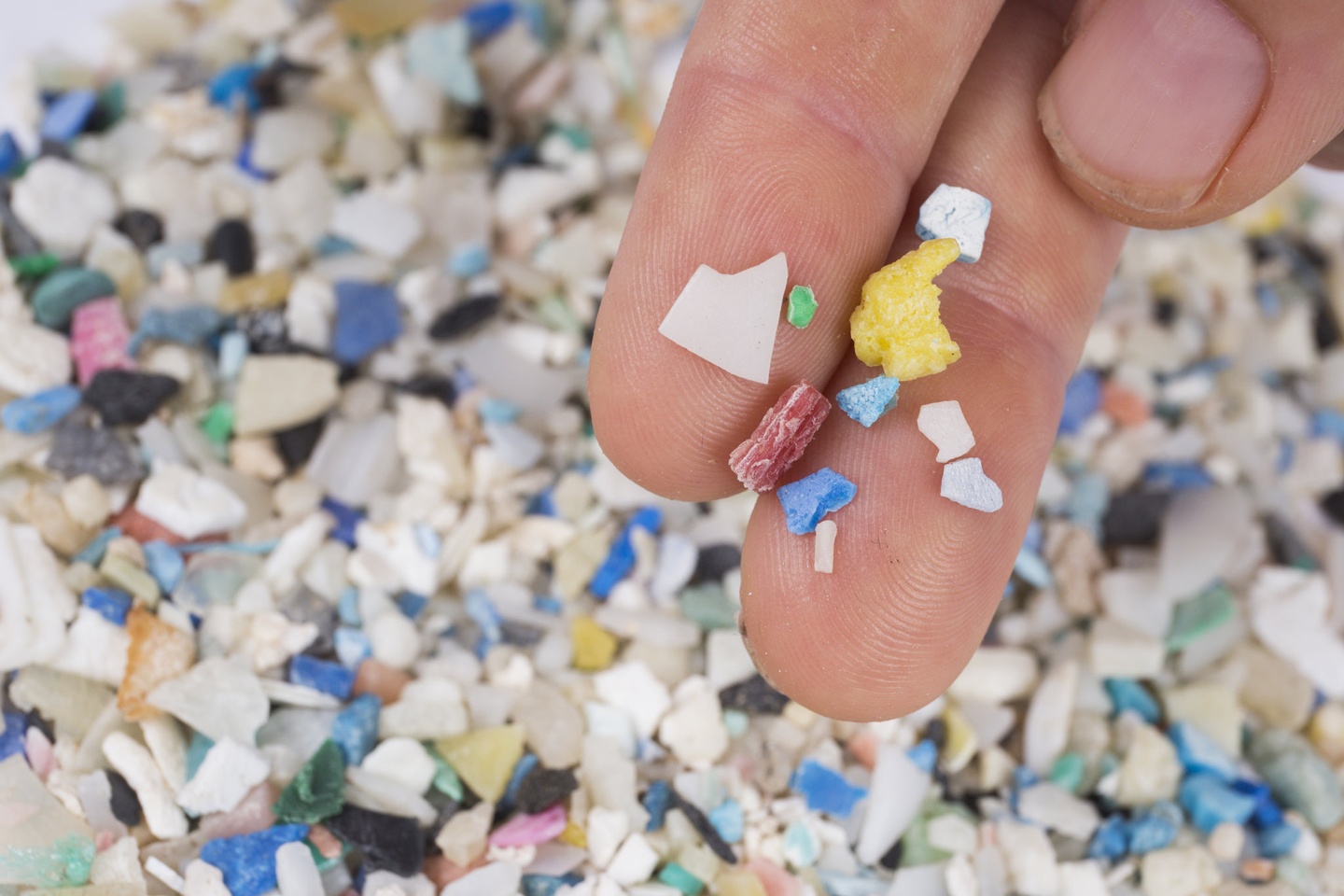Microplastics and nanoplastics are polluting your body, here’s how
Related Articles
पेट में छूटा सर्जिकल धागा- महिला को ₹5.2 लाख मुआवज़ा, हैदराबाद में मेडिकल नेग्लीजेन्स का अजब मामला !
ऑपरेशन के दौरान पेट में छूट गया सर्जिकल कॉटन और धागा, हैदराबाद जिला उपभोक्ता आयोग ने चेन्नई के अस्पताल को लगाई सख़्त फटकार! रोगी...
Ghaziabad: किराया लेने गई मकान मालकिन का दंपति ने प्रेशर कूकर से पीट-पीटकर, दुपट्टे से गला घोंट दिया
गाजियाबाद के राजनगर एक्सटेंशन स्थित पॉश सोसाइटी Aura Chimera में एक किराया विवाद ने भयानक रूप ले लिया। यहां महीनों से किराया न देने...
Brain drain reaches its peak in PM Modi’s tenure; over two lakh Indians leaving every year
The Indian government is working diligently to grant citizenship to foreigners through the Citizenship Amendment Act (CAA) of 2019. The process of identifying foreign...


